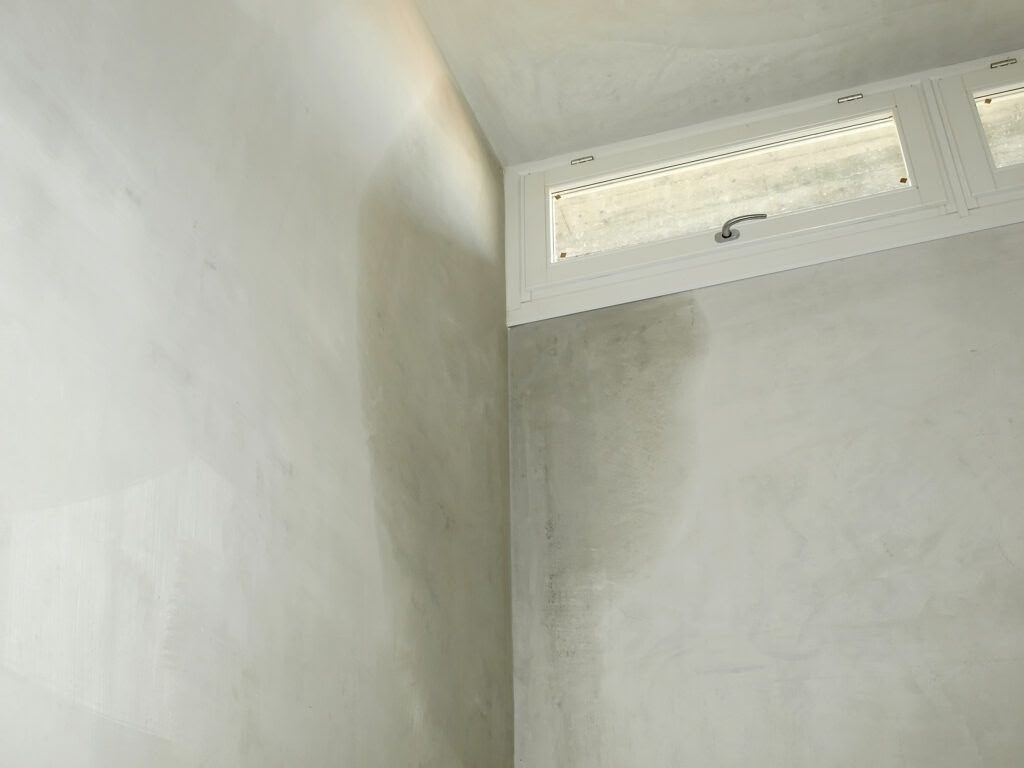10 Best Ways to Prevent Dampness on Walls During Monsoon

Fill in Your Inquiry and we will connect you to the Best Packers and Movers
Arrival of the monsoon always brings a smile on people's faces because it will give us relief from the hot and humid day. But the monsoon not only brings a face but also brings some serious troubles also like traffic jams, power cuts, water clogging and much more. During the monsoon several people complain about the damaged walls or dampness on their wall which will lead to the fungus and molds on your walls. During the monsoon season the moisture seeps through the exteriors of the house and it causes the damp patches on the internal walls and this will result in peeling of paints, leakage, also it will make your home feel cold and drunk. These monsoon season patches remain for a long period of time after the season passes away. This prolonged exposure will give some serious damage to your walls and also it will affect the structure, so it is important to prevent damp walls effectively.
What Causes Damp Walls?
- Moisture from the ground can rise above ground level and damage walls
- Continuous Splashing rain water can cause walls to dampen
- Sloping roofs can collect water that can percolate into the home and cause cracks
- Blocked drainage pipes can collect water and cause damp walls
How to prevent Dampness on walls
- Proper ventilation in homes
Proper home Ventilation is essential in the rainy season and it will be the best way to tackle the rise in the humidity levels in the atmosphere. During the monsoon season you need to open all the doors and windows to let fresh air come in. One of the significant reasons for the dampness on walls is the trapped moisture in homes with less or no ventilation. You must also remove the rains outside and the steam from the warm water used in homes to keep the indoor environment dry and healthy. Proper circulation of air in your homes will stop the infestation of fungus and molds on the walls and other areas of your home.
- Identify the source of moisture
Another step to tackle with the issue of the dampness of walls is you need to check the affected areas and find out the primary source from where it is originating. Some of the signs include moisture on ceilings and walls, peeling paint, or white mineral deposits on the walls. After you have identified the moisture areas, you should now look for the potential source like leakages in pipes, cracks on walls and ceilings, or cracked tile grout.
- Reduce humidity levels
The most straightforward methods to reduce the level of moisture in homes are:
- Cover the saucepans when you are cooking.
- Wiping the bathroom floor after taking a bath.
- Dry your clothes outside and not inside.
- Buy a humidifier for your home to remove humidity in homes.
- Get indoor plants to absorb moisture
In this situation Houseplants are like a lifesaver for you. You need to put houseplant into your home such as peace lily, Areca Palm, Boston ferns, English Ivy, and spider plants. They will successfully eliminate moisture from the indoor air. They also purify the indoor air from harmful substances that are dangerous to human health.
- Switch on exhaust fans
During the monsoon you need to switch on the exhaust fans. Most people install exhaust fans in the kitchen and bathroom because these are the places where the maximum moisture levels are. So you need to turn on the exhaust to prevent condensation of water in these areas.
- Remove molds from walls
The growth of molds usually occurs when there is no proper water vapor. The most common areas in homes where this mold grows are on the walls behind the furniture, the window sill, unused corners of the house, closed kitchen cabinets, and wardrobes. Keeping two inches in between furniture and the walls will improve air circulation and prevent mold growth.
- Seal the cracks on walls
The cracks on the walls and near window and door frames allow the moisture to penetrate the structure of your house. It can lead to damp patches on the walls. Filling these cracks with a good quality wall putty will not allow the moisture to get in and prevent dampness on the walls.
- Waterproofing the outside walls
Waterproofing is essential for your home, so you need to do waterproofing coats on the outside walls of your home to stop the seepage of water or moisture to the interiors of the house in the rainy season. It will act as a barrier between the rainwater and moisture and it will prevent dampness on the walls.
- Use vapor retarders
Vapor retarders are excellent methods to prevent moisture from seeping through the floors, walls, or ceilings. They can be in specially treated paints, metallic foils, and plastic sheets to reduce water vapour in homes.
- Get a dehumidifier
A dehumidifier soaks all the water vapour in the house and helps in the prevention of dampness.
You Might Also Like:
- How to Take Care of Furniture while Moving House
- How to Pack a Messy House to Move
- 10 Tips for Getting Organized During a Move
Recent Blogs

How to Find Affordable movers and packe....
Finding reliable movers and packers near you at affordable rates can feel challenging, especially when every company claims to be the best. ....
Read More...
Why Verified Packers and Movers Are Wort....
Shifting a home or office sounds simple, but in reality, it comes with stress, uncertainty, and plenty of risks. Many people hire Packers an....
Read More...
The Future of Moving Services in India: ....
Moving in India is evolving faster than ever. From home shifting to office relocation, people no longer rely only on traditional methods that oft....
Read More...



